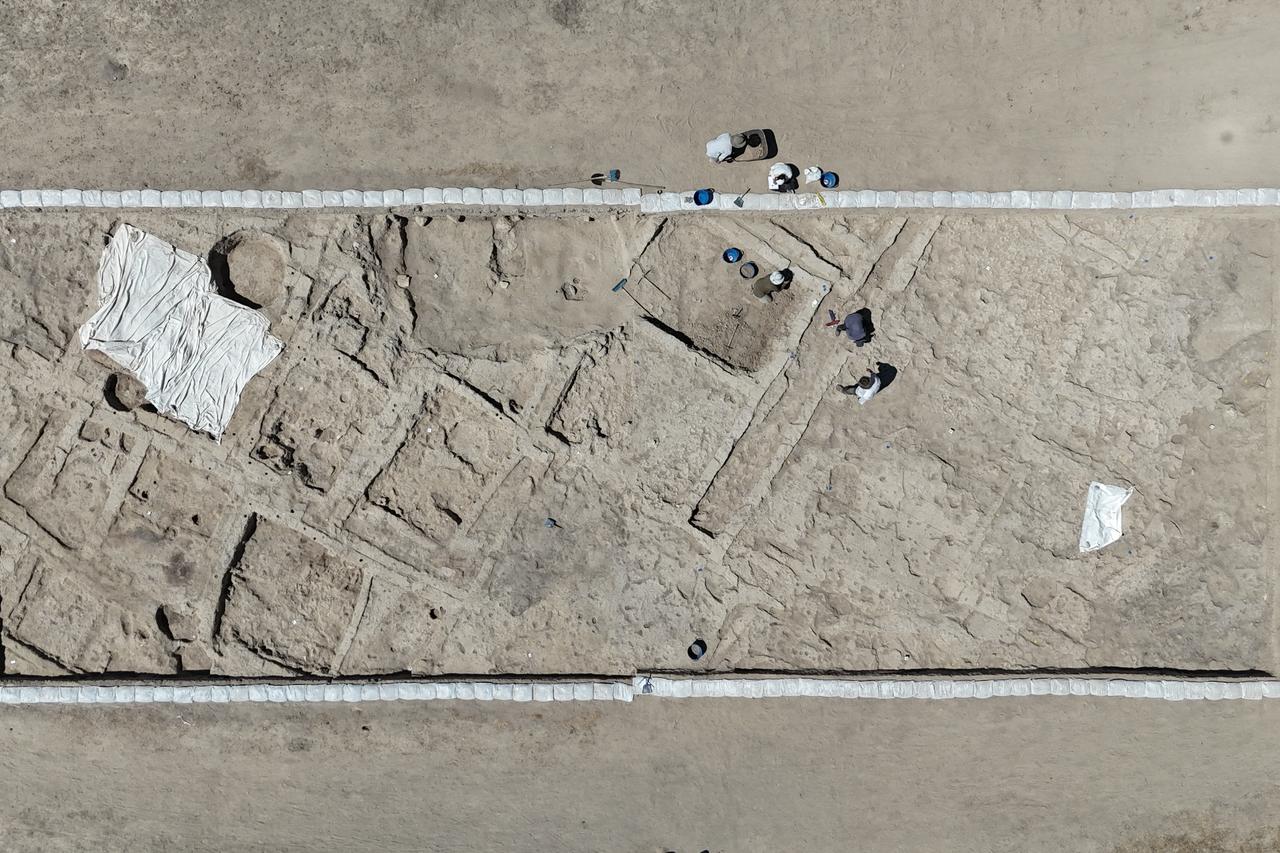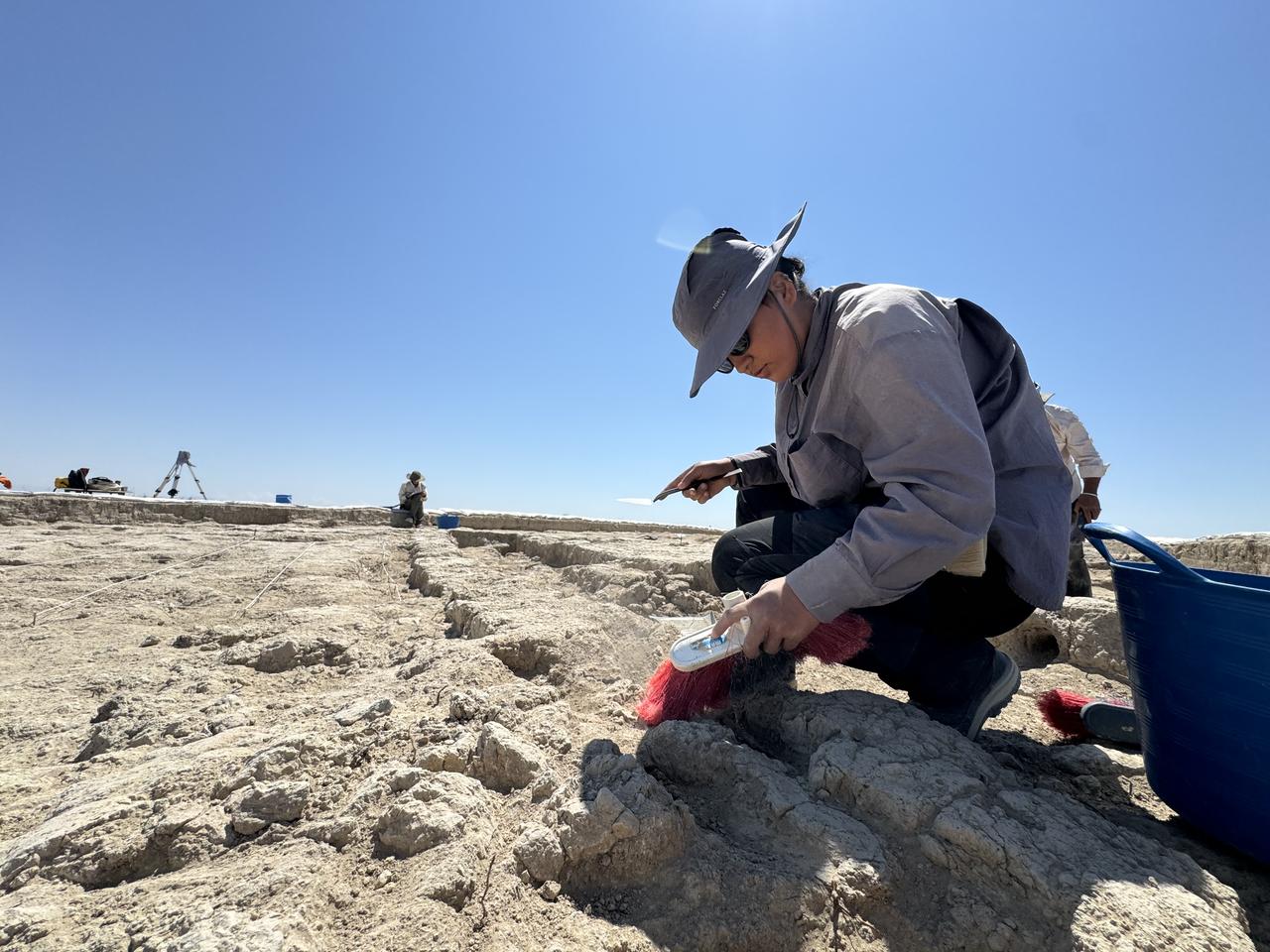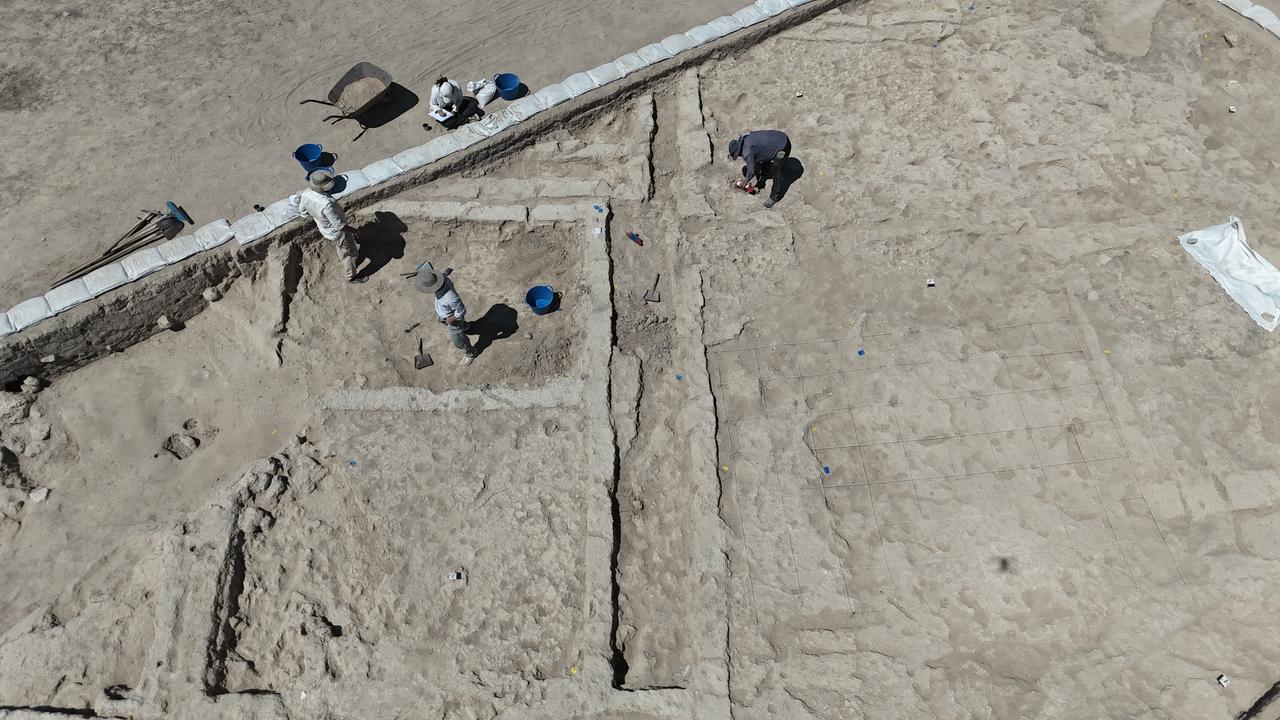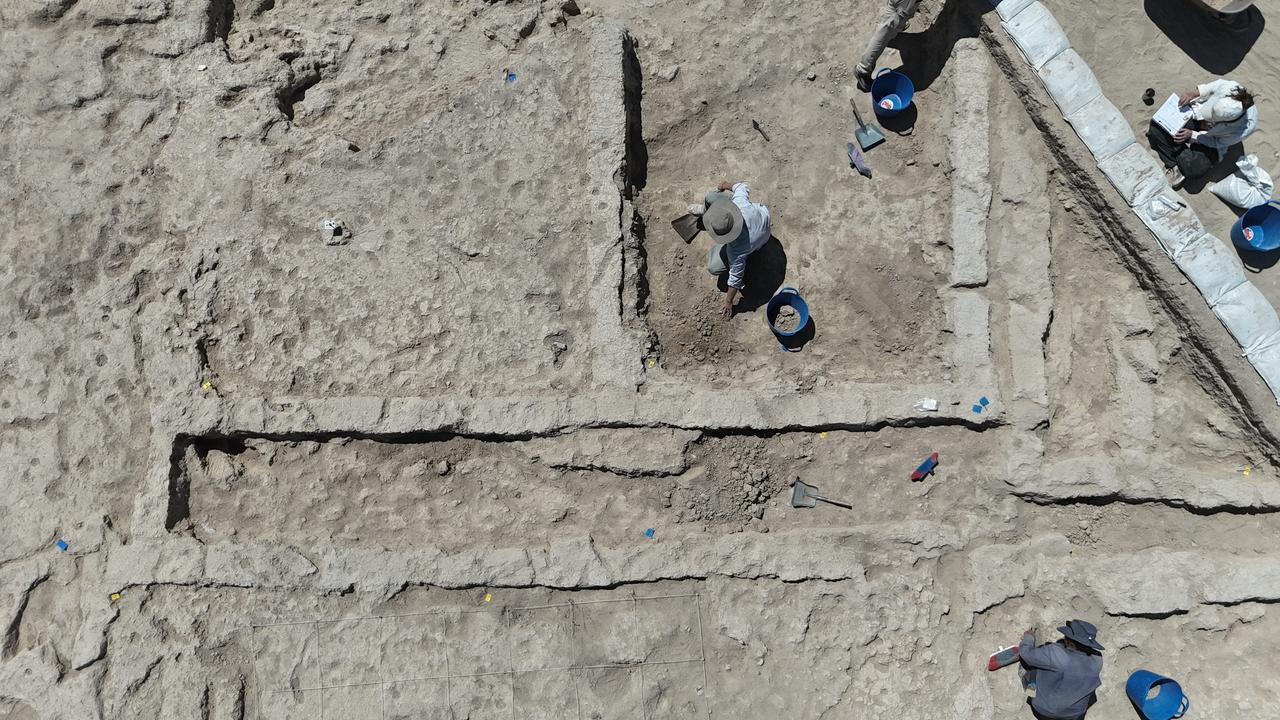
Archaeologists at Canhasan 3 Hoyugu (an archaeological mound) near Karaman say they have brought to light a 1-meter-wide, 8-meter-long street-like feature dated to around 7,450 B.C.
The team notes that this layout points to some of the earliest steps toward urban organization in Central Anatolia’s Pre-Pottery Neolithic, a phase defined by the absence of ceramics.

Under the leadership of Associate Professor Adnan Baysal of Ankara University, excavations that began in 2022 have continued into a fifth season. Working across a 10 by 30 meter area at Canhasan 3, the team reports closely built structures, each with its own walls, developing side by side.
Baysal describes this pattern as uncommon for the region’s Pre-Pottery Neolithic and links the settlement to the tradition that later culminated at Catalhoyuk, noting it as one of its precursors. “This is a very surprising and important study,” he said, adding that “there is a street concept here,” which he suggested could be taken as an early step toward later citymaking. He added that “the street dates to around 7,450 B.C.”

The dig continues in Alacati village under the Ministry of Culture and Tourism’s Heritage for the Future Project.
The team emphasizes that Canhasan Mounds represent rare examples of “horizontal mound formation” in Central Anatolia, where settlement layers spread out over a broader area rather than piling up steeply.

Alongside the street-like feature, excavations have yielded tools made from obsidian—defined as a natural volcanic glass—including cutters, scrapers, blades, and finely patterned arrowheads. The team also reports a rare obsidian mirror surface.
These finds, Baysal notes, reflect both the quality of the ongoing research and the scarcity of such objects in the region. He concluded: “We can say that the archaeology of our country is very rich.”